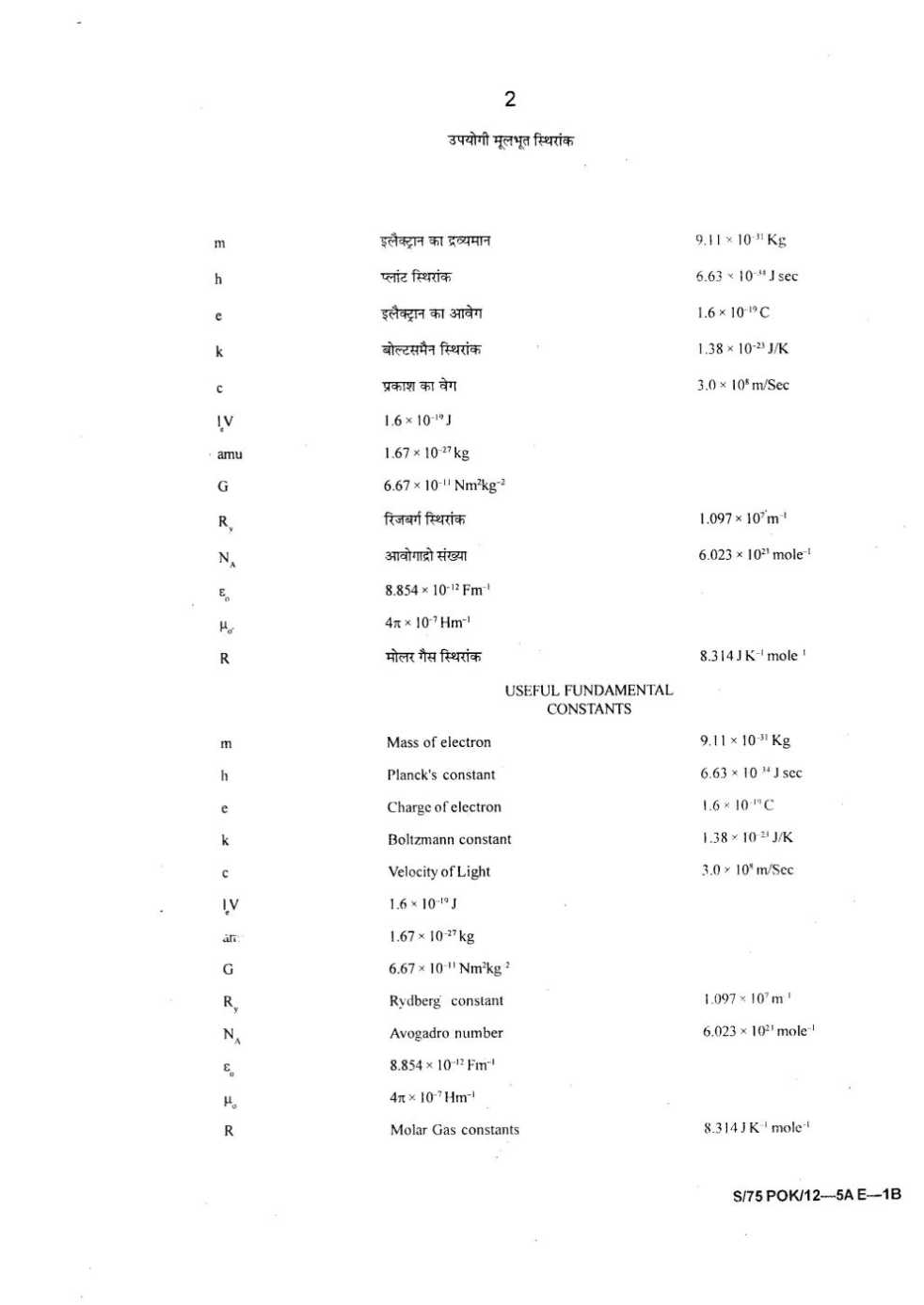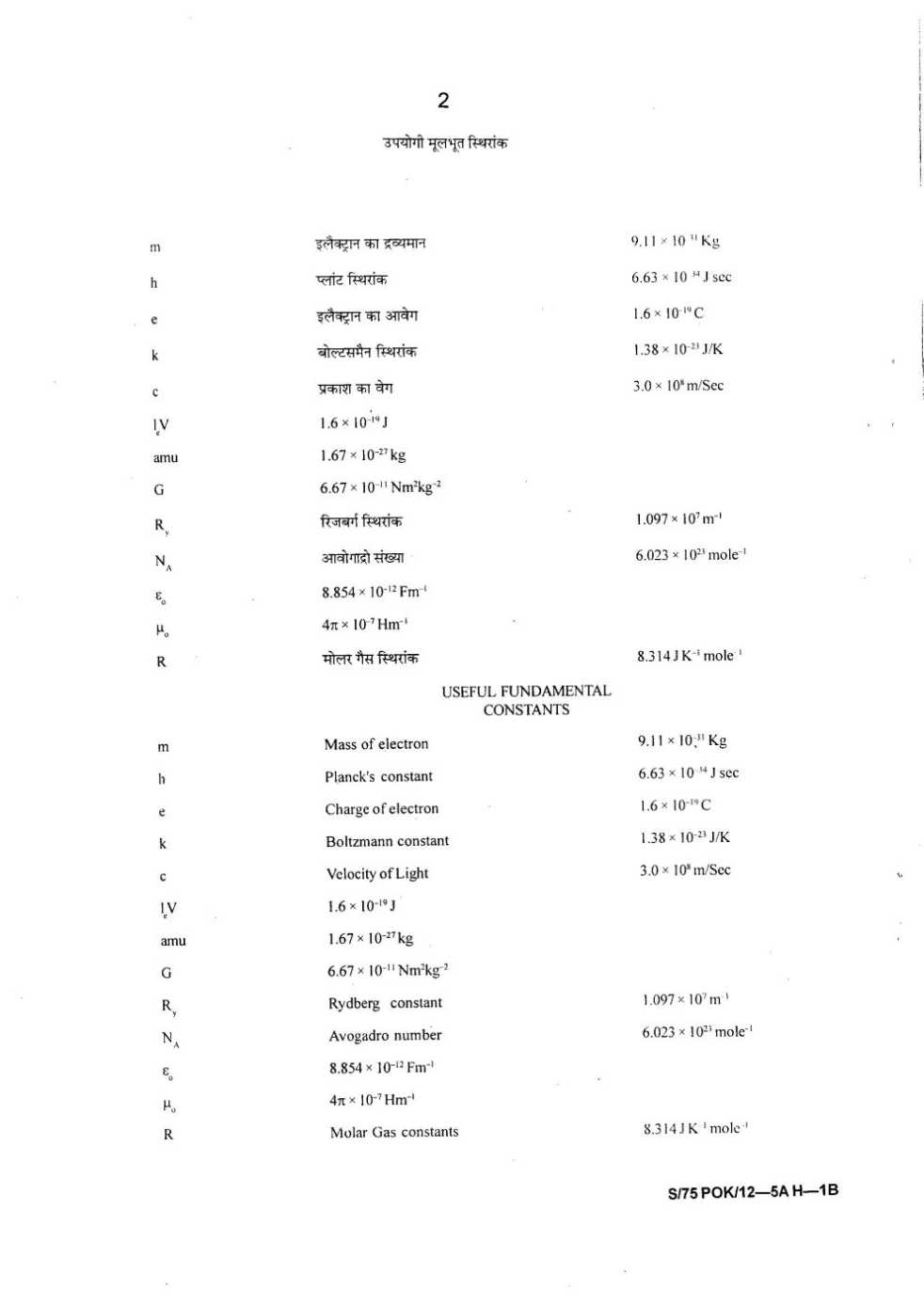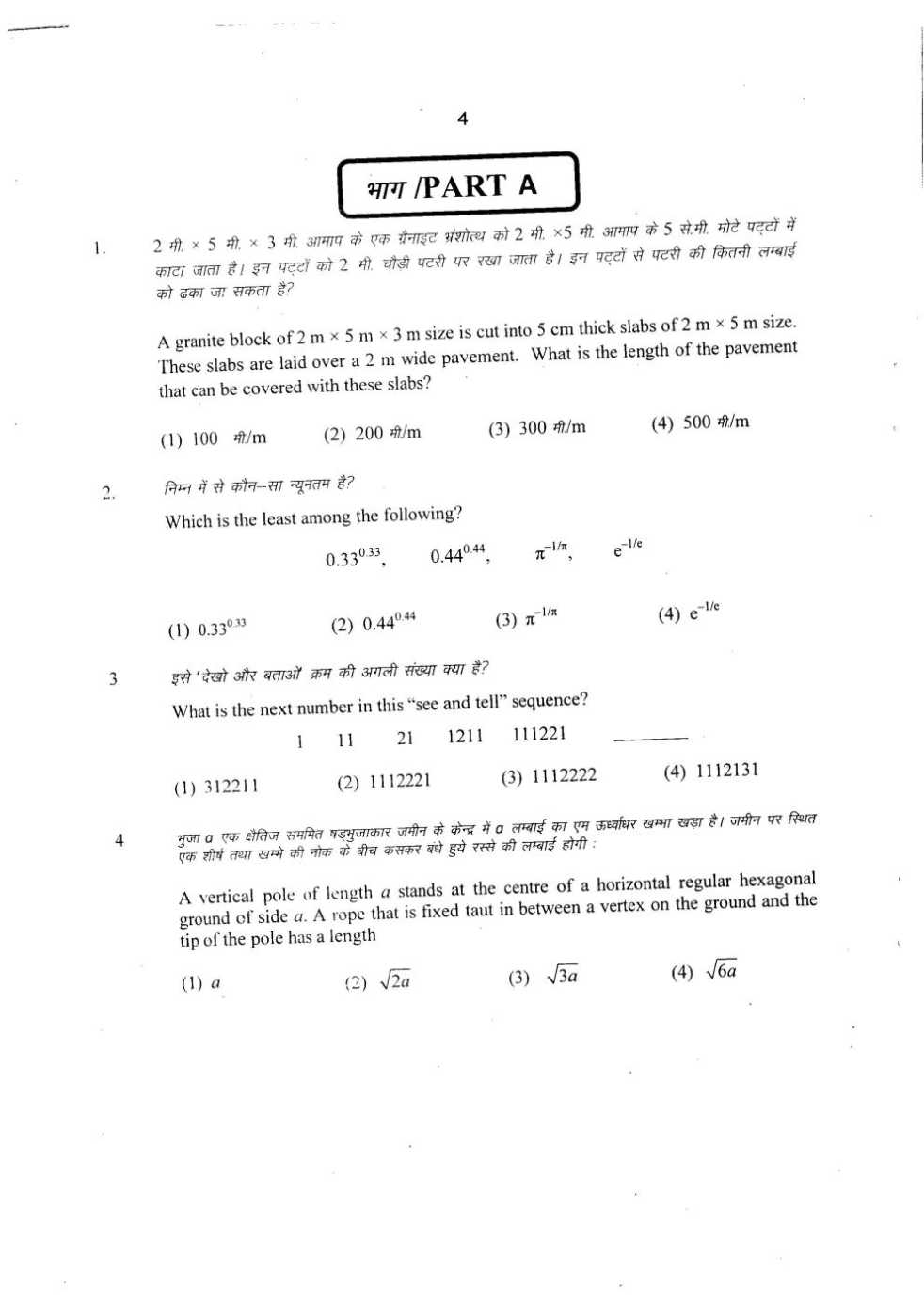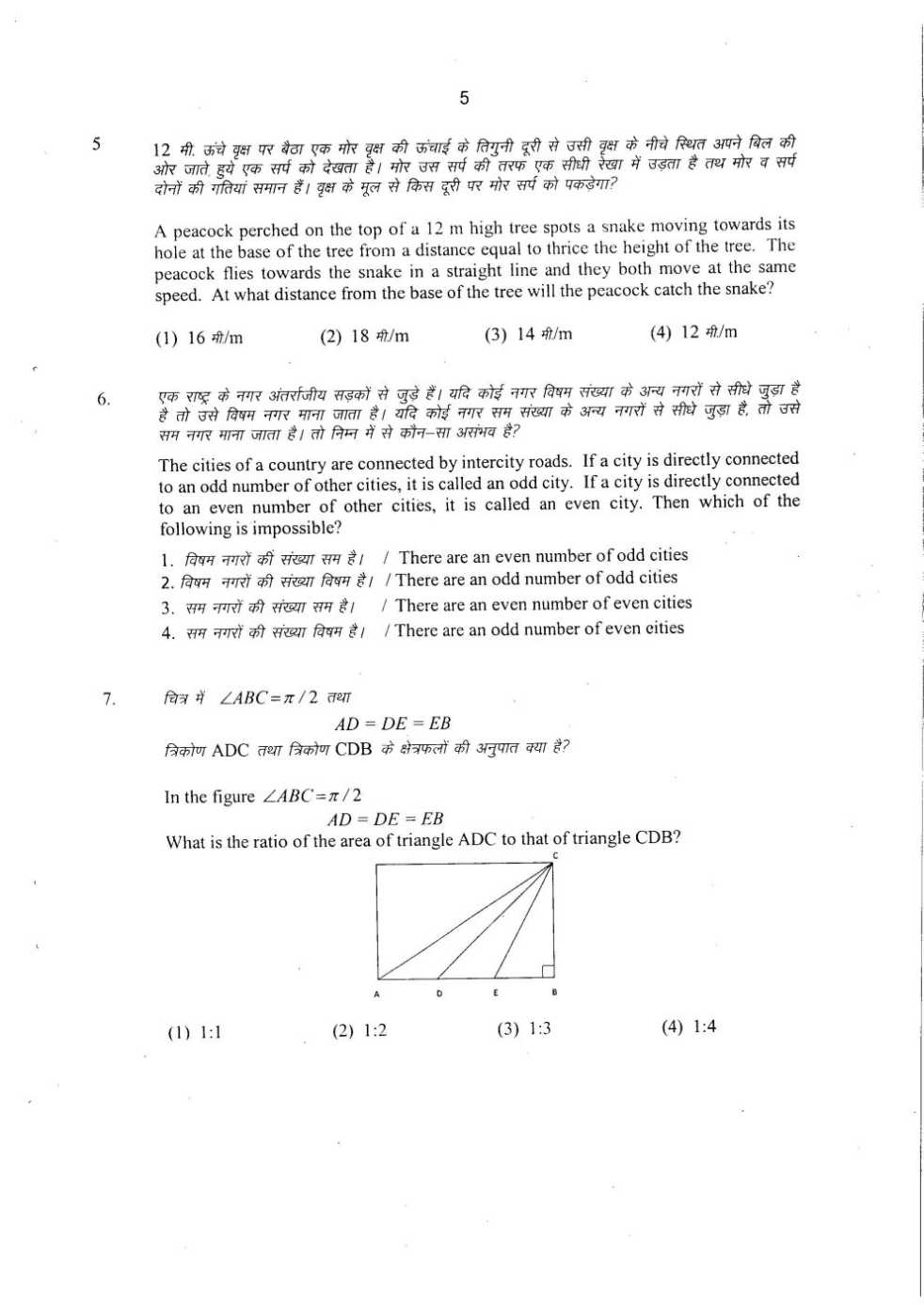In response to your question ,here I am providing you with the relevant information.
1. Previous year paper: UGC NET previous year questions math 
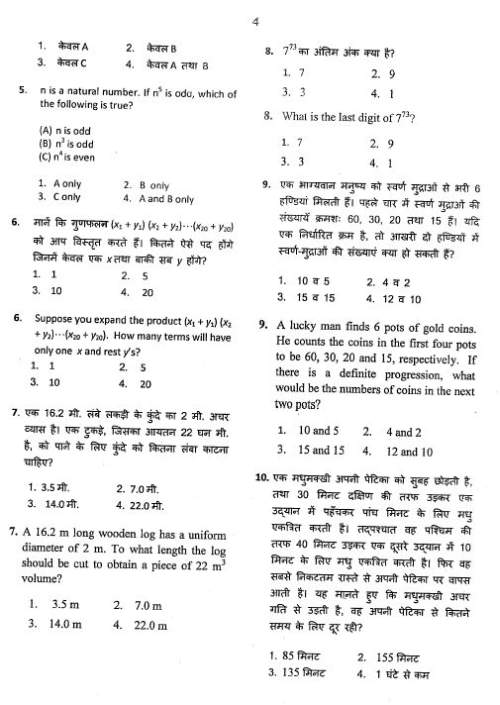
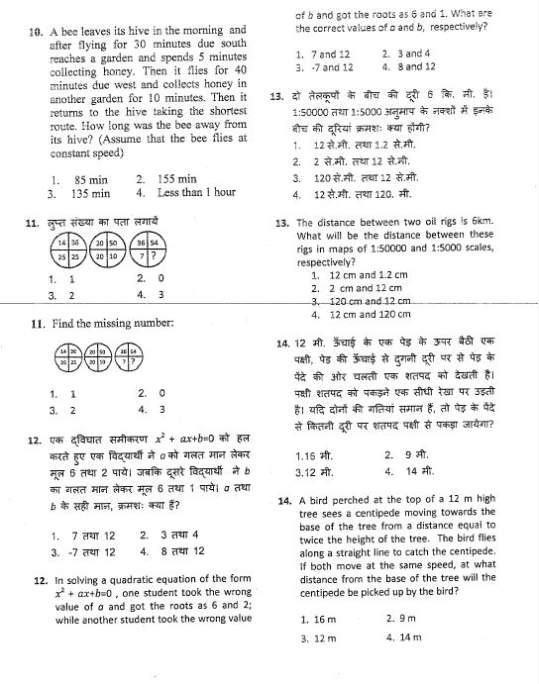
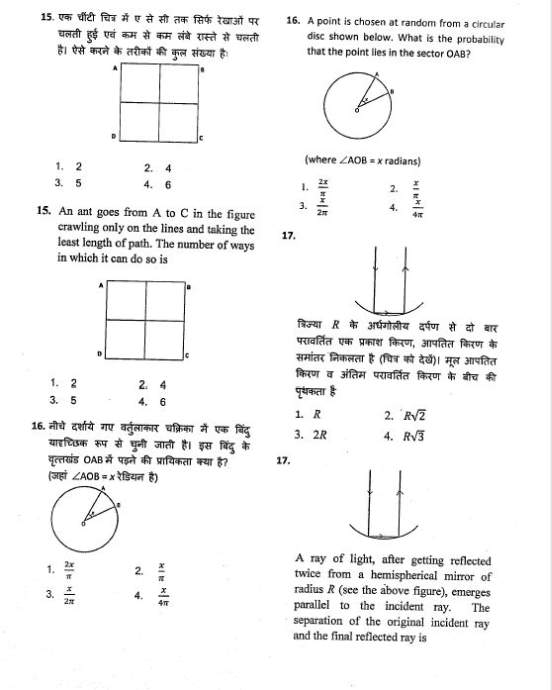 UGC NET previous year questions answer key 2. UGC NET Maths syllabus:
UGC NET previous year questions answer key 2. UGC NET Maths syllabus:
UNIT – 1
Analysis : Elementary set theory, finite, countable and uncountable sets, Real number system as a complete ordered field, Archimedean property, supremum, infimum.
Sequences and series, convergence, limsup, liminf.
Bolzano Weierstrass theorem, Heine Borel theorem.
Continuity, uniform continuity, differentiability, mean value theorem.
Sequences and series of functions, uniform convergence.
Riemann sums and Riemann integral, Improper Integrals.
Monotonic functions, types of discontinuity, functions of bounded variation, Lebesgue measure, Lebesgue integral.
Functions of several variables, directional derivative, partial derivative, derivative as a linear transformation, inverse and implicit function theorems.
Metric spaces, compactness, connectedness. Normed linear Spaces. Spaces of continuous functions as examples.
Linear Algebra : Vector spaces, subspaces, linear dependence, basis, dimension, algebra of linear transformations.
Algebra of matrices, rank and determinant of matrices, linear equations.
Eigenvalues and eigenvectors, Cayley – Hamilton theorem.
Matrix representation of linear transformations. Change of basis, canonical forms, diagonal forms, triangular forms, Jordan forms.
Inner product spaces, orthonormal basis.
Quadratic forms, reduction and classification of quadratic forms.
UNIT – 2
Complex Analysis : Algebra of complex numbers, the complex plane, polynomials, power series, transcendental functions such as exponential, trigonometric and hyperbolic functions.
Analytic functions, Cauchy – Riemann equations.
Contour integral, Cauchy’s theorem, Cauchy’s integral formula, Liouville’s theorem, Maximum modulus principle, Schwarz lemma, Open mapping theorem.
Taylor series, Laurent series, calculus of residues
Conformal mappings, Mobius transformations.
Algebra : Permutations, combinations, pigeon hole principle, inclusion exclusion principle, derangements.
Fundamental theorem of arithmetic, divisibility in Z, congruences, Chinese Remainder Theorem, Euler’s Ø function, primitive roots
Groups, subgroups, normal subgroups, quotient groups, homomorphisms, cyclic groups, permutation groups, Cayley’s theorem, class equations, Sylow theorems.
Rings, ideals, prime and maximal ideals, quotient rings, unique factorization domain, prinipal ideal domain, Euclidean domain
Polynomial rings and irreducibility criteria.
Fields, finite fields, field extensions, Galois Theory.
Topology : basis, dense sets, subspace and product topology, separation axioms, connectedness and compactness.
UNIT – 3
Ordinary Differential Equations ( ODEs ) :
Existence and uniqueness of solutions of initial value problems for first order ordinary differential equations, singular solutions of first order ODEs, system of first order ODEs.
General theory of homogenous and non – homogeneous linear ODEs, variation of parameters, Sturm – Liouville boundary value problem, Green’s function.
Partial Differential Equations ( PDEs ) :
Lagrange and Charpit methods for solving first order PDEs, Cauchy problem for first order PDEs.
Classification of second order PDEs, General solution of higher order PDEs with constant coefficients, Method of separation of variables for Laplace, Heat and Wave equations.
Numerical Analysis :
Numerical solutions of algebraic equations, Method of iteration and Newton – Raphson method, Rate of convergence, Solution of systems of linear algebraic equations using Gauss elimination and Gauss – Seidel methods, Finite differences, Lagrange, Hermite and spline interpolation, Numerical
differentiation and integration, Numerical solutions of ODEs using Picard, Euler, modifed Euler and Runge Kutta methods.
Calculus of Variations :
Variation of a functional, Euler – Lagrange equation, Necessary and sufficient conditions for extrema. Variational methods for boundary value problems in ordinary and partial differential equations.
Linear Integral Equations :
Linear integral equation of the first and second kind of Fredholm and Volterra type, Solutions with separable kernels. Characteristic numbers and eigenfunctions, resolvent kernel.
Classical Mechanics :
Generalized coordinates, Lagrange’s equations, Hamilton’s canonical equations, Hamilton’s principle and principle of least action, Two – dimensional motion of rigid bodies, Euler’s dynamical equations for the motion of a rigid body about an axis, theory of small oscillations.
UNIT – 4
Descriptive statistics, exploratory data analysis
Sample space, discrete probability, independent events, Bayes theorem. Random variables and distribution functions ( univariate and multivariate ); expectation and moments. Independent random variables, marginal and conditional
distributions. Characteristic functions. Probability inequalities ( Tchebyshef, Markov, Jensen ). Modes of convergence, weak and strong laws of large numbers, Central Limit theorems ( i.i.d. case ).
Markov chains with finite and countable state space, classification of states, limiting behaviour of n step transition probabilities, stationary distribution, Poisson and birth and death processes.
Standard discrete and continuous univariate distributions. sampling distributions, standard errors and asymptotic distributions, distribution of order statistics and range.
Methods of estimation, properties of estimators, confidence intervals. Tests of hypotheses: most powerful and uniformly most powerful tests, likelihood ratio tests. Analysis of discrete data and chi – square test of goodness of fit. Large sample tests.
Simple nonparametric tests for one and two sample problems, rank correlation and test for independence. Elementary Bayesian inference.
Gauss – Markov models, estimability of parameters, best linear unbiased estimators, confidence intervals, tests for linear hypotheses. Analysis of variance and covariance. Fixed, random and mixed effects models. Simple and multiple linear regression. Elementary regression diagnostics. Logistic regression.
Multivariate normal distribution, Wishart distribution and their properties. Distribution of quadratic forms. Inference for parameters, partial and multiple correlation coefficients and related tests. Data reduction techniques: Principle component analysis, Discriminant analysis, Cluster analysis, Canonical correlation
more paper and answer key detail to atteched pdf files....................

